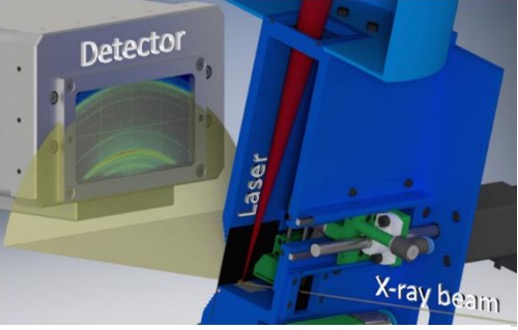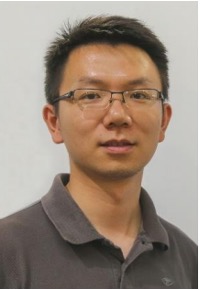Operando X-ray Diffraction During Laser 3D Printing of Multi-phases Alloys
Ming Chen1,
Samy Hocine1, Steven Van Petegem1, Helena Van Swygenhoven1
1Photons for Engineering and Manufacturing, Paul Scherrer
Institute,
2Forschungsstrasse 111, 5232 Villigen PSI, Switzerland
ABSTRACT:
Laser based additive
manufacturing allows to build a designed shape layer by-layer, offering
flexibility and versatility to fabrication metals with complex shapes. However,
the fast cooling rates and repeated heat cycles depending on the laser and
scanning parameters are difficult to measure with conventional methods. A
recently developed operando X-ray diffraction device implemented at a
synchrotron beamline, taking advantage of the high brilliance and the fast
detectors available, bridges this gap with numerical methods shown in Figure
1. This miniaturized device allows to conduct laser powder
bed fusion (L-PBF) process in a small chamber. Here, we show a case study on
additive manufactory of Ti- 6Al-4V during L-PBF process by performing operando
experiments. The temporal evolution of the low and high temperature phases are
studied by controlling printing parameters to achieve different heating and
cooling rates. The formation of residual stresses in the β phase is
demonstrated. It is shown that the process parameter having the largest
influence on the evolving microstructure in Ti-6Al-4V is the scanning strategy,
such as scanning length. This study enables to optimize the microstructure of
various multi-phase alloys by understanding details of the sequence of phase
transitions and microstructure evolution during dynamic process of additive
manufactory.

Figure 1.Diffraction geometry
during an operando experient.

Ming Chen is a postdoctoral researcher in the Photons for Engineering and Manufacturing group (PEM), PSI. He received his Ph.D. at Materials department of ETH Zurich in 2020. During his Ph.D. study, he focused on studying micromechanical properties of brittle semiconductors, i.e. diamond, Silicon and Germanium, over a wide range of temperatures. From July 2020, he joined PEM group to work as a postdoctoral researcher to study 3D printing of alloys using operando synchrotron X-ray.